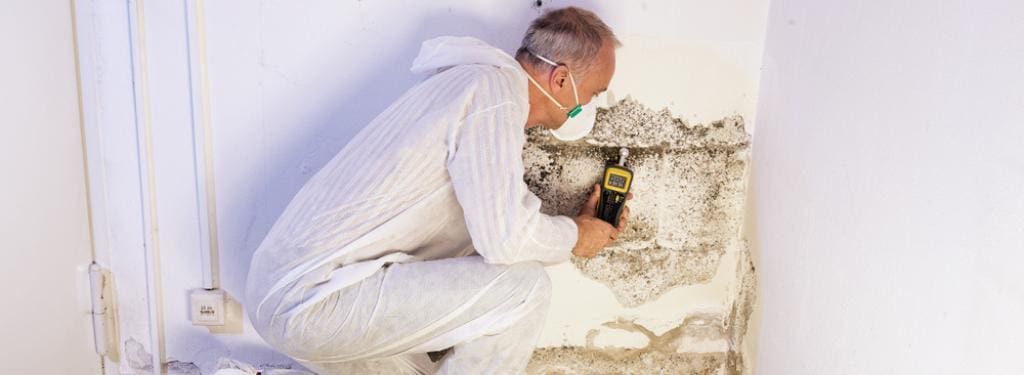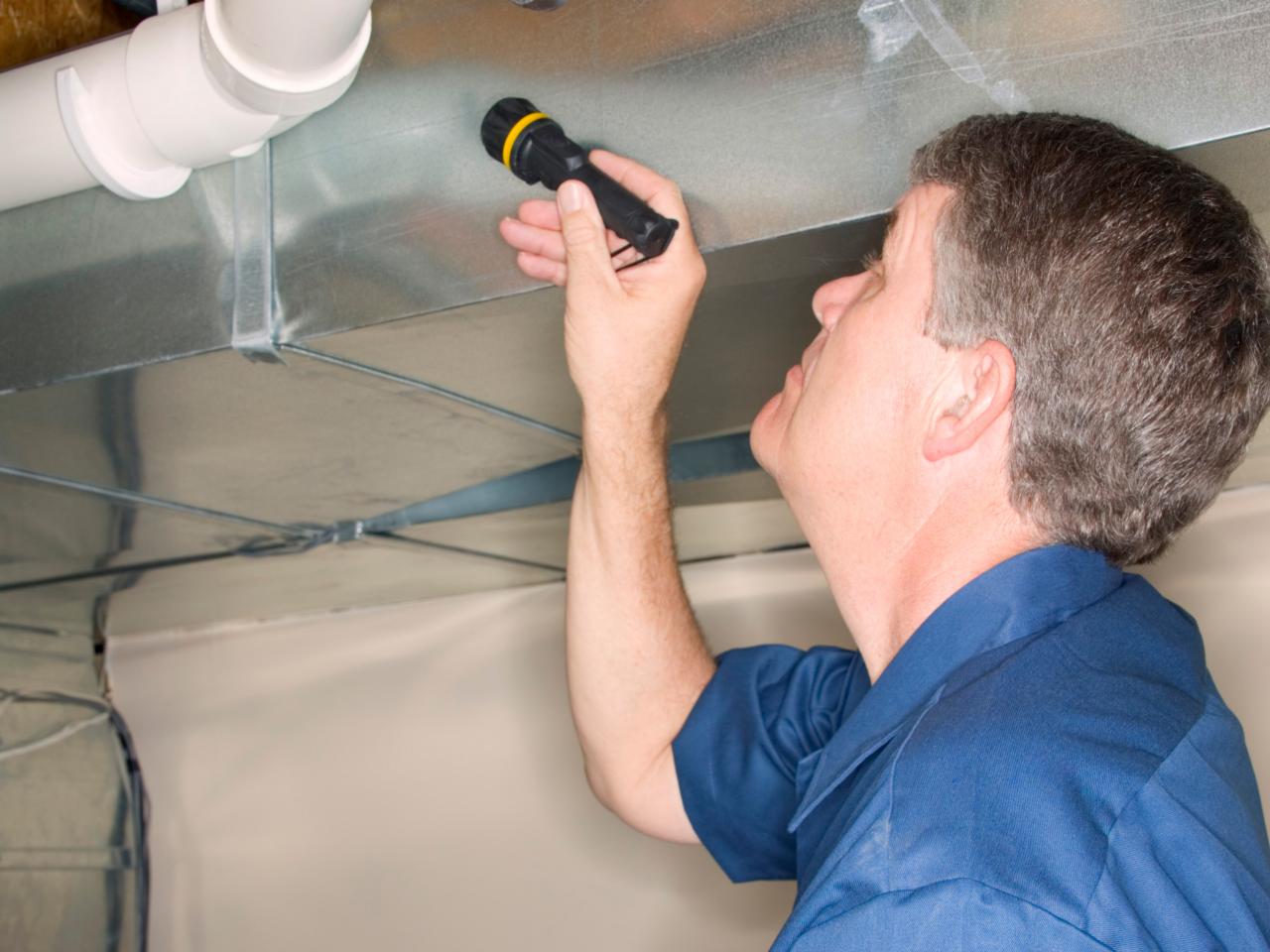Your Ultimate Overview to Blog Post Mold And Mildew Removal Strategies
Browsing the world of post-mold removal methods is a precise procedure that requires interest to detail and a thorough understanding of the intricacies entailed. In the consequences of mold problem, recognizing exactly how to successfully eliminate the mold and prevent its reoccurrence is extremely important for keeping a healthy indoor atmosphere. From selecting the appropriate cleansing and decontaminating techniques to executing methods for lasting mold avoidance, each action in the remediation trip plays an important role in ensuring a successful end result. As we get started on this exploration of post-mold remediation techniques, we will certainly discover the essential strategies and finest techniques that can aid you recover your area to its pre-mold condition and guard it versus future mold hazards.
Comprehending Post-Mold Remediation Refine
After completing the mold remediation procedure, it is vital to comprehend the post-mold remediation strategies that are essential to ensure a effective and comprehensive clean-up. Once the mold and mildew has actually been eliminated, the following step includes cleansing and decontaminating the impacted locations to avoid any type of regrowth of mold and mildew.
Furthermore, conducting a last assessment post-remediation is essential to ensure that all mold has actually been successfully eradicated. This evaluation needs to include a detailed visual check as well as perhaps air sampling to verify the lack of mold spores airborne. If the evaluation reveals any type of remaining mold, additional remediation might be essential. Finally, educating occupants on safety nets such as controlling dampness degrees and without delay addressing any kind of water leaks can help keep a mold-free environment.
Efficient Cleansing and Disinfecting Techniques

Protecting Against Future Mold Growth

Value of Proper Ventilation
Appropriate air flow plays a critical role in protecting against moisture buildup, a vital consider mold and mildew development within interior atmospheres. Effective ventilation systems assist eliminate excess humidity from the air, lowering the chances of mold and mildew spores locating the moisture they require to germinate and spread out. Without ample air flow, interior areas can come to be a breeding place for mold, causing possible wellness threats and structural damage.
By guaranteeing correct air circulation, air flow systems can also help in drying out wet locations faster after water damage or flooding cases, additionally discouraging mold and mildew development. what to do after mold remediation. In areas like washrooms, kitchen areas, attic rooms, and basements where wetness degrees tend to be higher, mounting and preserving efficient air flow systems is critical in preventing mold and mildew infestations

Tracking and Upkeep Tips
Given the essential function that correct air flow plays in avoiding mold and mildew development, it is essential to establish efficient tracking and upkeep ideas to guarantee the continued performance of ventilation systems. Regular inspections of air flow systems should be conducted to inspect for any kind of indicators of clogs, leaks, or malfunctions that could restrain correct air flow. Monitoring moisture degrees within the building is also vital, as high moisture can contribute to mold and mildew growth. Installing a hygrometer can aid track moisture levels and sharp home owners to any kind of spikes that might need attention. Additionally, making certain that air filters are routinely cleansed or changed is important for keeping the effectiveness of the ventilation system. pop over to this web-site Executing a timetable for routine upkeep jobs, such as duct cleaning and cooling and heating system inspections, can assist prevent problems prior to they intensify. By remaining alert and positive to the problem of air flow systems, building proprietors can successfully minimize the risk of mold regrowth and keep a healthy interior environment.
Conclusion
In conclusion, post-mold removal techniques are necessary for making certain a secure and clean setting. Recognizing the process, carrying out effective cleaning and disinfecting approaches, stopping future mold development, preserving correct air flow, and regular tracking are all crucial action in the remediation procedure. By complying with these standards, you can successfully eliminate mold and mildew and prevent its return, working or advertising a healthy and balanced living room for all owners.
In the after-effects of mold and mildew problem, recognizing how to successfully remove the mold and mildew and prevent its reoccurrence is paramount for preserving a healthy indoor environment. Once the mold has been removed, the following step involves cleansing and decontaminating the influenced areas to avoid any regrowth of mold - what to do after mold remediation. After getting rid of visible mold and mildew development, it is important to cleanse all surface areas in the afflicted area to eliminate any type of staying mold spores. To better improve mold and mildew avoidance steps, it is vital to resolve underlying problems that initially led to mold development.Offered the important function that correct air flow plays in stopping mold and mildew development, it is important to develop effective monitoring and upkeep tips to make sure the continued performance Continue of air flow systems